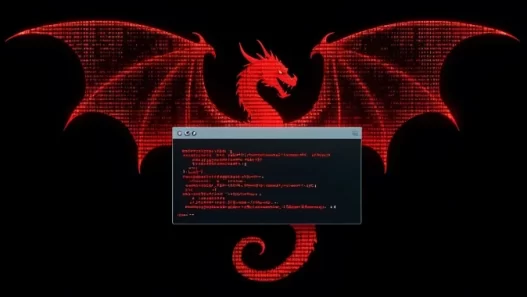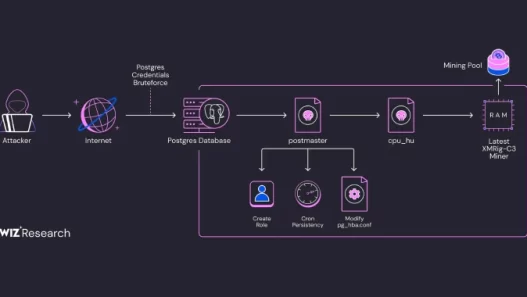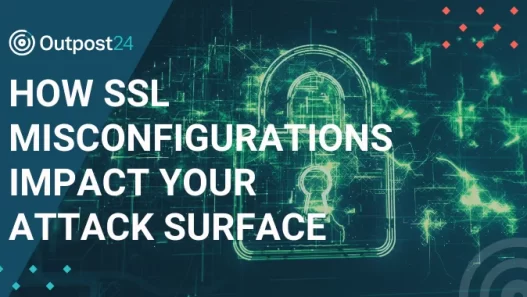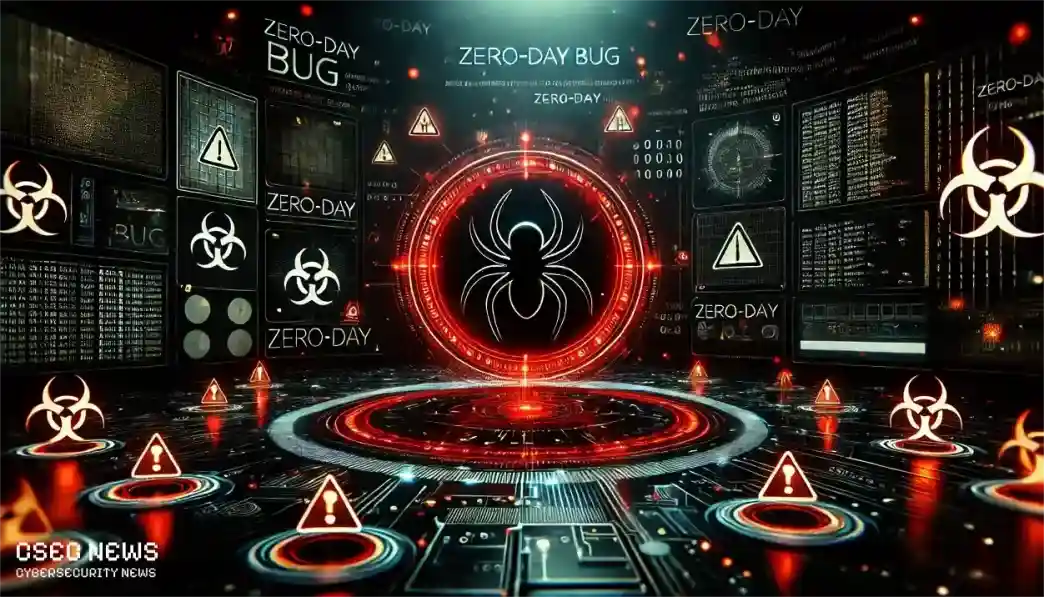Security teams found that there was a dangerous zero-day vulnerability in January 2024. This flaw left over 100,000 Jenkins servers open to attacks. The issue shows how these security flaws continue to threaten organizations everywhere.
Zero-day vulnerabilities are software security flaws that vendors or developers don’t know about yet. Attackers gain a major edge because they can exploit these weaknesses before any patches are ready. These threats have evolved, and cybercriminals now use advanced methods to get past standard security tools.
This piece dives into 2024’s top five zero-day threats. You’ll learn how they affect businesses of all types and what you can do to detect, respond, and prevent them. Security teams will master key vulnerability management methods and understand current threat patterns. The guide also shows practical ways to boost your organization’s defenses against these new threats.
Understanding Zero-Day Vulnerabilities in 2024

The 2024 cybersecurity scene shows a troubling shift in how threat actors use zero-day vulnerabilities. Attack methods and targeting strategies have reached new levels of sophistication.
Definition and Development
Zero-day vulnerabilities are hidden flaws in software, hardware, or firmware that vendors haven’t yet discovered. These flaws leave them with “zero days” to prepare an effective response. Cybercriminals can exploit these vulnerabilities before security teams and software developers even know they exist.
Effect on Enterprise Security
Zero-day vulnerabilities have created substantial problems for enterprise security in 2024. Several key findings highlight this trend:
- Breaches with third parties and software supply chain issues have risen to 15% in 2024
- Over 90% of successful attacks target unmanaged devices in organizations’ networks as entry points
- Financial losses from related phishing attacks could hit USD 3.5 billion in 2024
Current Threat Landscape
The threat environment has changed dramatically throughout 2024. IoT vulnerabilities jumped by 136% compared to last year and now make up 33% of all vulnerabilities—up from 14% in 2023.
Recent trends reveal several critical shifts in the zero-day threat landscape:
- Attack Sophistication: Human-operated ransomware incidents grew 2.75x compared to last year
- Detection Challenges: Breach identification and handling takes 277 days on average without AI support
- Sector Impact: Technology and telecommunications sectors saw attacks rise by 5% compared to previous quarters
The cybersecurity community faces growing challenges as nation-state actors step up their activities. Ransomware groups continue to broaden their techniques. These developments have created more complex and dynamic threats, forcing organizations to maintain constant watchfulness across industries.
Critical Zero-Day Threats Analysis

Security researchers have found several zero-day vulnerabilities that threaten enterprise systems and infrastructure. These findings show how cyber threats have become more complex and what they mean for an organization’s security.
Jenkins CLI Vulnerability (CVE-2024-23897)
Jenkins’ command-line interface has a severe vulnerability that exposes key security weaknesses in the automation server. The flaw has a CVSS score of 9.8 and lets attackers read any files on the Jenkins controller file system without authentication. This issue affects Jenkins versions up to 2.441 and LTS versions up to 2.426.2 and could affect thousands of installations worldwide.
Attackers can exploit this to:
- Execute remote code through resource root URLs
- Manipulate ‘Remember me’ cookies
- Launch stored cross-site scripting attacks via build logs
- Bypass CSRF protection
Fortra Authentication Bypass (CVE-2024-0204)
Fortra GoAnywhere MFT has a major authentication bypass flaw that lets unauthorized users create administrator accounts through its admin portal. This vulnerability puts organizational data at risk with over 35,000 GoAnywhere instances exposed online.
Command Injection Threats (CVE-2024-21887)
Ivanti Connect Secure and Policy Secure products contain a command injection vulnerability that shows how attack methods keep getting more advanced. The flaw has a CVSS score of 9.1 and allows authenticated admins to run any commands on affected systems. Threat actors can create malicious requests without authentication when they combine this with other vulnerabilities.
Security experts see a worrying rise in zero-day vulnerabilities targeting network appliances. Research suggests that attackers exploited more than 60% of vulnerabilities in network and security appliances as zero-days. This pattern creates major challenges for security teams and organizations.
These vulnerabilities show why strong detection systems and quick patch management matter. Network appliances lack standard security measures and face complex exploits. Security teams need an all-encompassing approach to security architecture and vulnerability management.
Detection and Response Strategies
Organizations now face more sophisticated zero-day threats than ever before. Modern security combines cutting-edge technology with systematic protocols to spot and alleviate these emerging threats.
Early Warning Systems
Organizations that use complete threat intelligence feeds can detect zero-day vulnerabilities within 90 minutes of disclosure. These systems use machine learning and statistical analysis to spot unusual behavior patterns that differ from 90-minute old norms. Advanced warning systems excel at:
- Behavioral monitoring and analysis
- Pattern recognition through AI-driven algorithms
- Automated threat correlation
- Live vulnerability assessment
- Proactive risk identification
Incident Response Protocols
Quick and informed responses to detected threats reduce potential damage by a lot. Organizations with structured incident response protocols can reduce the average breach identification and handling time from 277 days to under 24 hours by using AI-assisted detection.
Incident response works best with:
- Clear communication channels and escalation procedures
- Regular, unplanned simulation exercises
- Documented response playbooks
- Automated workflow integration
- Cross-functional team coordination
Real-time Monitoring Tools
Network Detection and Response (NDR) solutions are vital components to identify zero-day exploits. These tools use machine learning to spot suspicious activities without relying on predefined rules. Live monitoring capabilities have shown great results in detecting Command and Control (C2) channels created through zero-day exploits, even with encrypted communications.
Advanced Monitoring Features Modern monitoring solutions analyze network traffic metadata continuously. Security teams can spot subtle changes that might signal a zero-day attack. These systems detect anomalies like unusual outbound traffic, unexpected spikes, or communication with rare external IPs.
AI and Machine Learning have transformed threat detection. Systems now identify sophisticated evasion techniques that traditional security tools might miss. This feature proves valuable with zero-day vulnerabilities where conventional signature-based detection methods often fail.
Organizations can reduce their exposure to zero-day threats with complete monitoring and quick response protocols. This approach helps maintain strong security against new vulnerabilities.
Industry-Specific Impact Assessment
Zero-day vulnerabilities affect industries differently. Some sectors face worse outcomes because of their essential nature and valuable assets. Recent studies show specific patterns in how these vulnerabilities are exploited in healthcare, financial services, and critical infrastructure.
Healthcare Sector Vulnerabilities
The healthcare industry battles unprecedented cybersecurity challenges. Recent data reveals the biggest US healthcare records breach ever, affecting approximately 100 million individual records. Medical devices pose a serious threat because they often lack strong security measures and connect directly to patient care systems. Healthcare organizations must follow strict rules like HHS 405(d) HICP and HIPAA Security Rule guidelines. These rules set specific controls to protect electronic Protected Health Information (ePHI).
Healthcare faces these major effects:
- Delays in prescription processing and healthcare services
- Patient data and medical record breaches
- Disrupted clinical operations and care delivery
- Longer system recovery times that hurt patient care
Financial Services Risks
Cybercriminals target the financial sector more than most, with attacks up 10% from the last period. Banks and financial institutions handle huge amounts of sensitive data. This makes them attractive targets for criminals who want customer information and transaction records. The sector faces unique challenges:
Monetary Impact: Banks lose an average of USD 5.72 million per data breach, much more than other industries. Direct losses and regulatory fines create heavy burdens for these organizations.
Operational Disruption: Recent attacks have shut down essential financial services, including payment systems and mortgage operations. These outages can stop services for millions of customers at once.
Critical Infrastructure Concerns
Critical infrastructure has become a prime target for sophisticated zero-day attacks. BlackBerry cybersecurity solutions found over 800,000 attacks on critical infrastructure sectors in early 2024. The industrial sector must follow IEC 62443 standards and meet NIST Cybersecurity Framework requirements. This creates a complex set of rules for organizations.
Critical infrastructure faces these risks:
- Almost half (49%) of unique malware targets critical infrastructure organizations
- Government and public agencies see the most diverse attacks, drawing over 45% of unique malware
- Digital system expansion has created more ways to attack
These weaknesses in critical infrastructure pose a growing national security threat. Successful attacks could stop essential services and cause chain reactions across connected systems. More frequent targeting of critical infrastructure shows the need for better security measures and specific protection strategies for each sector.
Mitigation and Prevention Framework
Organizations must build strong security frameworks that protect against zero-day vulnerabilities by combining advanced technology with systematic protocols. Studies show that organizations using detailed security measures can prevent up to 99% of zero-day and ransomware attacks.
Security Architecture Best Practices
Modern organizations need a multi-layered security approach that uses zero-trust principles. Web Application Firewalls (WAFs) provide a powerful first defense line by filtering malicious traffic before it reaches vulnerable applications.
Organizations should prioritize these vital components:
- Implementation of identity-based microsegmentation
- Deployment of deep learning-based threat prevention
- Establishment of robust network segmentation protocols
- Integration of continuous monitoring systems
Studies show that organizations using allowlisting with zero-trust philosophy block unauthorized applications and prevent malware execution, even during zero-day exploitation.
Patch Management Strategies
Patch management plays a vital role to minimize vulnerability windows. A formal patch management process should have:
| Priority Level | Response Time | Verification Method |
|---|---|---|
| Critical | < 24 hours | Automated scanning |
| High | < 72 hours | Manual verification |
| Medium | < 1 week | Scheduled review |
Organizations using automated patch management systems reduce their exposure window by up to 60% compared to manual processes. Continuous testing and exposure management (CTEM) works especially well and helps organizations keep up with threats that evolve faster.
Employee Training Programs
Human error remains one of the biggest factors in successful zero-day exploits. Regular security awareness training programs help organizations reduce successful attacks substantially. Key training should cover:
- Recognition of potential threats
- Email attachment handling
- Suspicious link identification
- Anomalous system behavior detection
- Response protocols
- Incident reporting procedures
- Emergency response guidelines
- Communication channels
Organizations that run regular, unplanned simulations based on real-life scenarios show better response times and decision-making during actual incidents. Cross-departmental collaboration during crisis simulations helps build stronger organizational defense against zero-day attacks.
Deep learning-based security solutions showed remarkable results, with some implementations achieving a 99% success rate in identifying and blocking unknown zero-day attacks. These advanced systems work alongside traditional endpoint protection platforms (EPP) to provide complete defense against emerging threats.
Conclusion
Zero-day vulnerabilities pose the most important threats to organizational security in 2024. Critical exploits like the Jenkins CLI vulnerability and Fortra authentication bypass showed this trend. These sophisticated attacks just need strong detection systems, detailed response protocols, and protection strategies specific to each industry.
Security professionals should focus on these core developments:
- AI-driven detection systems reduce breach identification time from 277 days to under 24 hours
- Deep learning-based solutions achieve 99% success rates against unknown threats
- Healthcare sector breaches affected 100 million records
- Financial institutions face average losses of $5.72 million per breach
- Critical infrastructure remains vulnerable with 800,000+ documented attacks
Organizations that use multi-layered security approaches show better resilience against emerging threats. These approaches include zero-trust principles and automated patch management. Regular security training works well with advanced monitoring tools and incident response protocols to create a resilient defense against sophisticated zero-day exploits.
The cybersecurity world keeps changing. Security teams must stay alert and adapt quickly. Teams can fight zero-day threats effectively by detecting threats early, responding fast, and using detailed security frameworks that match their industry’s needs.
FAQs
What are the main risks associated with zero-day vulnerabilities?
Zero-day vulnerabilities can lead to significant data breaches, financial losses, and reputational damage. They can result in the theft of confidential information, disrupt critical operations, and require substantial resources to patch and mitigate.
How effective are AI-driven detection systems in identifying zero-day threats?
AI-driven detection systems have proven highly effective, reducing the average time to identify and handle breaches from 277 days to less than 24 hours. These systems can spot unusual behavior patterns and potential threats much faster than traditional methods.
Which industries are most vulnerable to zero-day attacks in 2024?
Healthcare, financial services, and critical infrastructure sectors are particularly vulnerable. The healthcare industry has seen massive data breaches, while financial institutions face average losses of $5.72 million per breach. Critical infrastructure has also become a prime target for sophisticated attacks.
What are some key strategies for preventing zero-day attacks?
Implementing a multi-layered security approach with zero-trust principles, maintaining robust patch management systems, and conducting regular employee training are crucial. Additionally, deploying advanced monitoring tools and establishing clear incident response protocols can significantly enhance an organization’s defense against zero-day threats.
How successful are deep learning-based security solutions in combating zero-day threats?
Deep learning-based security solutions have shown remarkable effectiveness, with some implementations achieving a 99% success rate in identifying and blocking unknown zero-day attacks. These advanced systems, when combined with traditional security measures, provide a comprehensive defense against emerging threats.



















